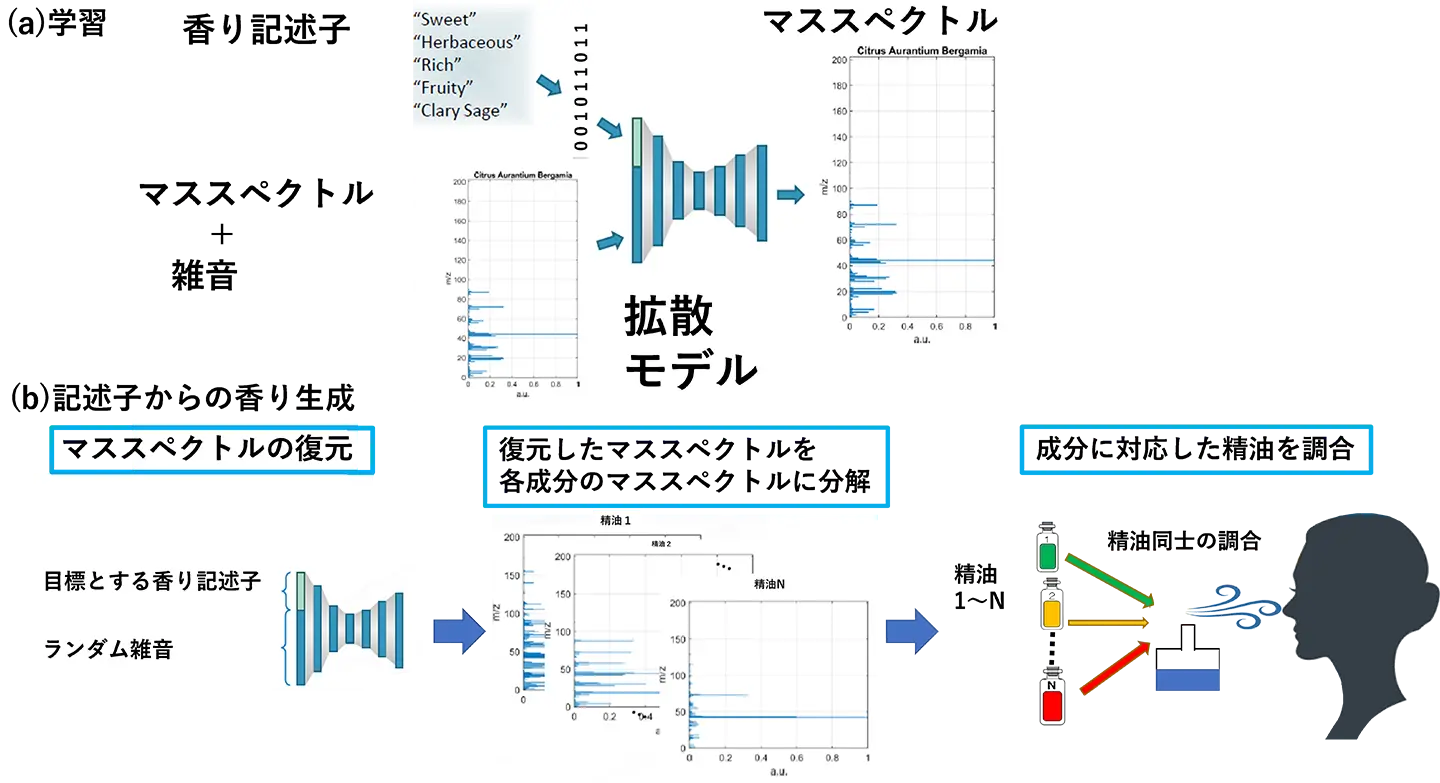2025-04-24 日本原子力研究開発機構,北海道大学,北海道科学大学,量子科学技術研究開発機構,海上・港湾・航空技術研究所 海上技術安全研究所

<関連情報>
- https://www.jaea.go.jp/02/press2025/p25042401/
- https://pubs.rsc.org/en/content/articlelanding/2025/cp/d4cp04216f
放射線分解を効率的かつ視覚的にシミュレートするPHITSコードに基づくイオン線に適用可能な化学コードの開発 Development of a chemical code applicable to ions based on the PHITS code for efficient and visual radiolysis simulations
Yusuke Matsuya, Yuji Yoshii, Tamon Kusumoto, Tatsuhiko Ogawa, Seiki Ohnishi, Yuho Hirata, Tatsuhiko Sato and Takeshi Kai
Physical Chemistry Chemical Physics Published21 Mar 2025
DOI:https://doi.org/10.1039/D4CP04216F
Abstract
Water radiolysis plays an important role in elucidating radiation-induced biological effects such as early DNA damage induction, chromosome aberrations, and carcinogenesis. Several Monte Carlo simulation codes for water radiolysis, commonly referred to as chemical simulation codes, have been developed worldwide. However, these codes typically require substantial computational time to calculate the time-dependent G values of water radiolysis species (e.g., ˙OH, e−aq, H2, and H2O2), and their application is often limited to specific ion beam types. In the Particle and Heavy Ion Transport code System (PHITS), the track-structure mode that allows the simulation of each atomic interaction in liquid water for any charged particles and the subsequent chemical code (named PHITS-Chem code) dedicated to electrons was developed previously. In this study, we developed the PHITS-Chem code to support a broader range of ion beam species. To reduce computational time, we introduced new features including a space partitioning method to increase the detection efficiency of reactions between chemical species and a radical scavenger model that reduces the lifetime of OH radicals. We benchmarked the updated PHITS-Chem code by comparing its predicted time-dependent G values for protons, α particles, and carbon ions with those reported in the literature (i.e., other simulation and measured data). The inclusion of a space partitioning method and the modified OH radical scavenger model reduced the time required by the PHITS-Chem code to calculate G values (by approximately 28-fold during radiolysis simulations under 1-MeV electron exposure) while maintaining calculation accuracy. A key advantage of the PHITS-Chem code is the four-dimensional visualization capability, integrated with PHITS′ native visualization software, PHIG-3D. Considering the ability of the PHITS-Chem code to handle OH radical scavengers (i.e., tris(hydroxymethyl)aminomethane and dimethyl sulfoxide), it is anticipated to offer precise and intuitive insights into the radiation-induced biological effects of chemical species in ion-beam radiotherapy.




